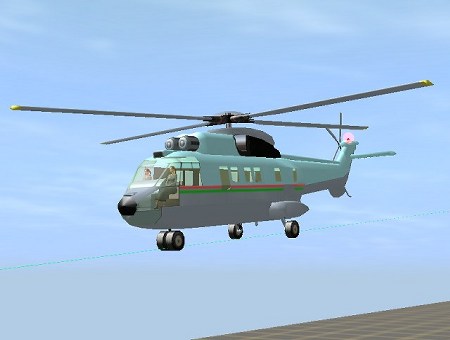
I'm wondering how to go about developing a workable flying saucer? The immediate idea is simply to design a spinning object. There are two ways to do this that come to my imagination. The first is more probable and practical. I wonder if the military has not already experimented with this?
First, I think that it is very much a possibility to develop this technology. Here are some shapes that fly:
This is a very 20th century way to fly. This design was developed through observation of living creatures that fly. It has the important features found in every bird. I'm thinking that we should look for a natural design first. One that can be found in nature. A theory based upon observation. The way we get technology is by observing nature. So if we want to fly, we study birds. That is how we learned to build airplanes. We studied incects and learned how to build helicopters. So let's go to nature to find a model that already works. We will design the first flying saucer in our imaginations, based upon that model.

Helicopters were designed by observing the flight of insects.
And let's not overlook the frisbee which did a lot of flying in the later half of the 1900's! Will a saucer fly? What are the aerodynamic possiblities or probabilies? We can answer that question by experimenting. Try tossing several different shapes into the air. Try a paper airplane. Saucer shapes? What about a frisbee? The basic idea is to get the saucer turning on it's own axis. If we can do that, we will have the saucer in flight for a very short period. But that's better than nothing.
In So, how does a Frisbee fly?, Mike Abrams walks us through the principles of disc flight.
The Physics of Flight also examines how the frisbee flies.
"the tiny ridges on the Frisbee's top surface introduce microscopic turbulence into the layer of air just above the label. Oddly enough, this turbulence helps to keep the upper airstream attached to the Frisbee, thereby allowing it to travel farther"
What else do we know about flying saucers? They are capable of hovering. In fact, we would expect a flying saucer to be more likely to hover than to land.
And what have we accomplished technologically that could be used to build our flying saucer system? How about orbiting satellites?
"Geosynchronous Earth Orbit - It is at the precise distance of 22,238 miles that a satellite can maintain an orbit with a period of rotation around the earth exactly equal to 24 hours. Since the satellites revolve at the same rotational speed of the earth, they appear stationary from the earth’s surface. That's why most earth station antennas (satellite dishes) don't need to move once they have been properly aimed at a target satellite in the sky. The mathematical derivation of the Clarke orbit is a straight-forward calculus problem." (How Do Satellites Work?)
Below is a natural model for flight. This is a sideview of the Milky Way, a spiral galaxy that spins. Notice the distinct shape. Looks like a saucer. So the saucer shape model is quite feasible.

Launch a satelite to orbit the earth, then launch another to orbit the saucer in orbit around the satelite.
One orbits the other able to shift as one or other orbits a planet flying saucer network system of saucers. Why don't they land? reconessaince vehicle landing is risky incapable
The saucer needs a center to orbit. The saucer orbits an orbiting satelite. How to make it hover? By manipulating the base satelite.
http://au.geocities.com/psyberplasm/
http://au.geocities.com/psyberplasm/ch4.html
Building a flying saucer
http://www.google.com/search?sourceid=gmail&q=build%20a%20flying%20saucer
Benefits - safer manueverability
Most useful above the stratosphere?
If the ridges are manipulated such as recessing can the disc fly upside down?


No comments:
Post a Comment
Note: Only a member of this blog may post a comment.